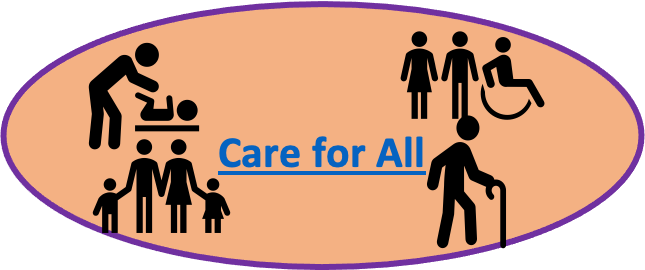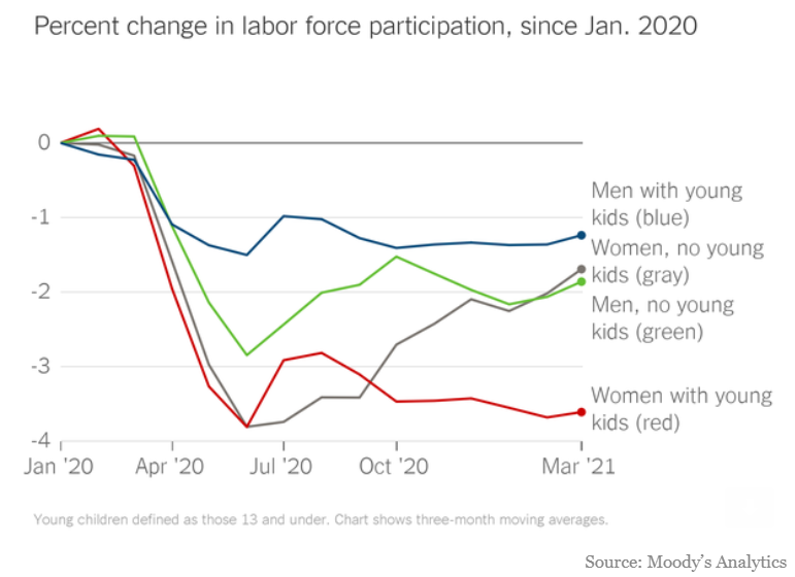The Care Economy: Policy Lessons from Research
This schema was created in an effort to summarize the policy insights uncovered from research done by the Care Work and the Economy project over the last three years. The interactive web experience (which begins below and continues as you click the “Click to Continue” button) is meant to give users a comprehensive understanding of the vast body of research we have completed on the care economy.
The schema is centered around the idea of “care for all”, which recognizes that we all need care and we all provide care in some way. The schema and interactive experience continues by recognizing the economic actors in the care economy: “Individuals, families & communities,” “Paid care workers,” “Private-sector employers,” and the “Government (national and local).” Each actor has a pop-up box that includes research insights and a list of relevant project papers or policy briefs. Click on the icon of each of the economic actors as you continue to view its corresponding pop-up.
On the final page of the interactive experience, animated arrows are used to show how each economic actor in the care economy can interact with each other to support care infrastructure and ultimately guarantee “care for all.”
*It is recommended to view this interactive experience on Desktop only.





